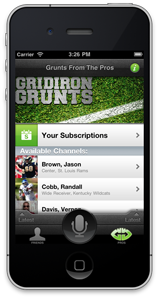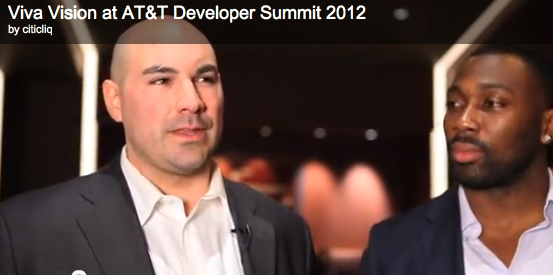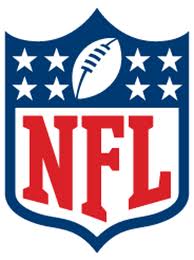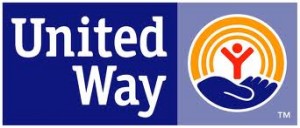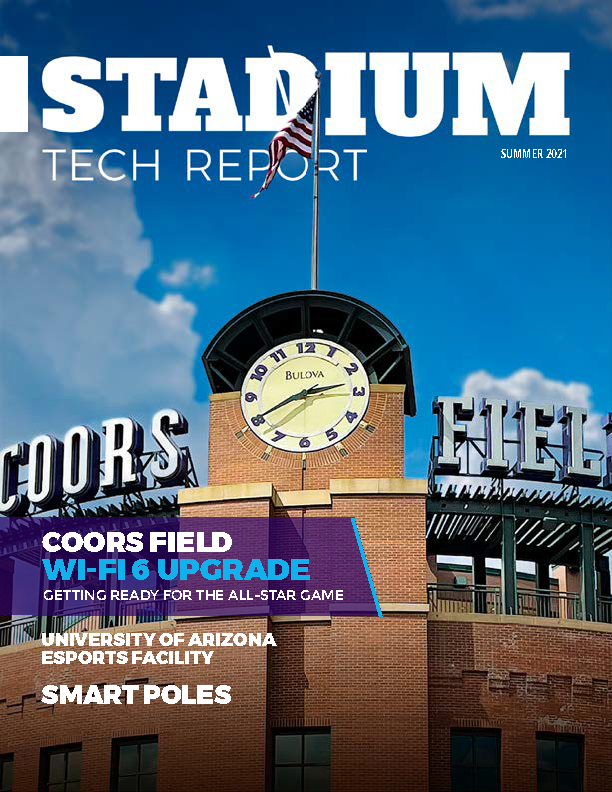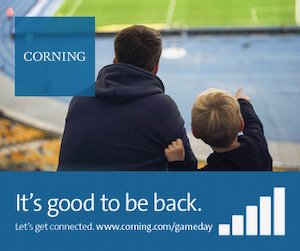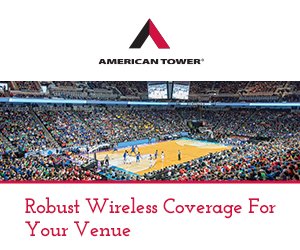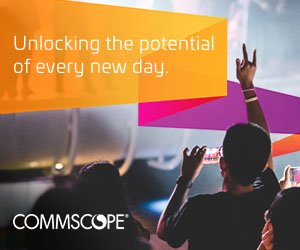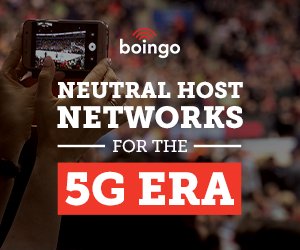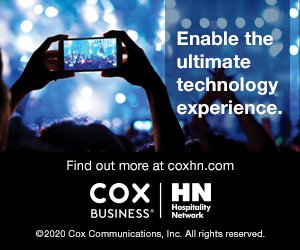Here’s the tweet that started it all: ESPN’s Adam Schefter hit the innerwebs at 8:52 a.m. PT today with a missive that simply said, “From @mortreport and me: Peyton Manning will become the next quarterback of the Denver Broncos, barring unexpected snag in contract talks.”
And then Twitter hell broke loose. Not only was there instant reaction to the apparently successful recruitment by NFL Hall of Fame quarterback John Elway in bringing Manning to the Mile High City, but you also had the attendant fallout question of “what now for Tim Tebow,” the one-man twitterstorm who set the league’s social media airwaves aflame last fall when he unexpectedly found success with his unorthodox playing methods.
From @mortreport and me: Peyton Manning will become the next quarterback of the Denver Broncos, barring unexpected snag in contract talks.
As an old comrade of Schefter’s (our paths crossed briefly when I was a sportswriter in Boulder and he was starting his career with the Rocky Mountain News) it’s great to see him toeing the line on “not breaking news on Twitter” — if you’ve noticed lately a lot of his posts start with the wording “Filed to ESPN” at the start. Not the Manning one, though. Better to get the scoop first and worry about the internal politics later, we’re guessing. But see the WWL-correctedness in the follow up tweet:
From @mortreport and me: Peyton Manning will become the next quarterback of the Denver Broncos, barring unexpected snag in contract talks.
— Adam Schefter (@AdamSchefter) March 19, 2012
More filed to ESPN: And now that Peyton Manning has directed his agent to get deal done with Denver, Broncos will try to trade Tim Tebow.
— Adam Schefter (@AdamSchefter) March 19, 2012
Either way… a scoop’s a scoop, and this is definitely the biggest one of the NFL offseason. Now we are betting that Jim Harbaugh is on the line to Alex Smith, offering to carry his golf bag at the AT&T pro-am next year. Just guessing.
